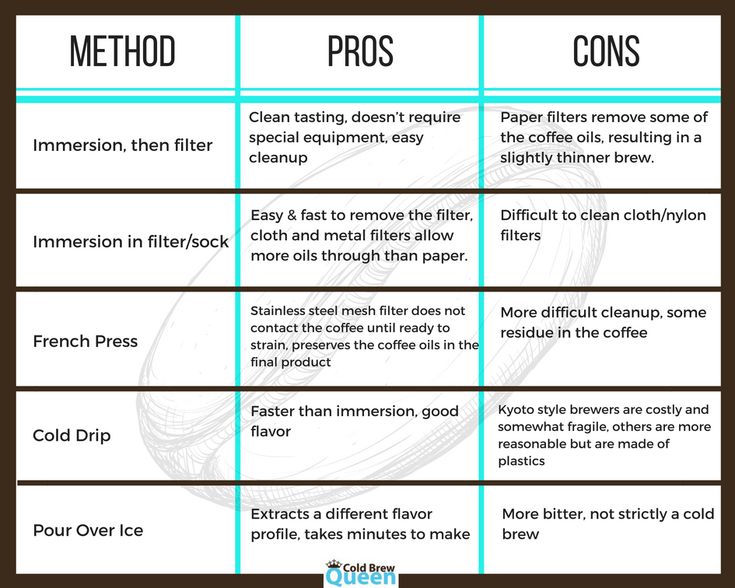
Brewing coffee is both a meticulous science and an expressive art. The method you choose significantly impacts the flavor, aroma, and overall experience of your coffee. From the bold espresso to the smooth allure of cold brew, each technique offers a unique charm. Here’s an in-depth look at various brewing methods, interwoven with personal experiences.
Chemex: Aesthetic Meets Functionality
The Chemex is known for its elegant design and ability to brew a bright, clean cup.
Advantages:
- Balanced Flavor: Thick filters remove oils, delivering a smooth, nuanced taste.
- Sophisticated Design: Serves as a functional yet stunning kitchen centerpiece.
- Adaptable Sizes: Available in various sizes to suit individuals or groups.
Disadvantages:
- Fragility: Its glass construction is delicate.
- Learning Curve: Consistency requires practice and skill.
- Time Investment: Brewing with a Chemex is time-consuming.
Siphon Brewing: Visual Drama with Delicate Flavors
Siphon brewing combines theatrical flair with expert craftsmanship, resulting in a refined, tea-like coffee.
Advantages:
- Captivating Process: A visually stunning brewing method.
- Unique Taste: Produces a delicate and distinct flavor profile.
- Social Element: Perfect for impressing guests.
Disadvantages:
- Expensive Equipment: High-quality siphon brewers can be costly.
- Complex Methodology: Involves an intricate setup and cleaning process.
- Fragile Components: The glass parts require careful handling.
Personal Reflections: My Brewing Journey
Experimenting with coffee brewing has been an enriching experience. Starting with a basic drip coffee maker provided convenience but lacked the depth of flavor I desired. Transitioning to a French Press was transformative—its bold, rich brews stood out compared to drip coffee’s muted tones.
Curiosity then led me to the Chemex. While mastering it took effort, its bright and clean flavors made the journey worthwhile. The Chemex is now my go-to for weekend brewing, offering a blend of aesthetic appeal and outstanding coffee.
Learning to brew espresso came with challenges. Understanding grind size, tamping pressure, and shot timing was daunting at first, but crafting lattes and pulling perfect espresso shots is now a deeply satisfying ritual.

Comparing Manual and Automatic Brewing
Manual Brewing: Control and Creativity
Techniques like pour-over, French Press, and AeroPress allow for precise control and experimentation.
Ideal For:
- Coffee enthusiasts who value customization.
- Those who enjoy the hands-on brewing process.
Automatic Brewing: Convenience and Consistency
Methods such as drip coffee makers or espresso machines offer ease and reliability for busy lifestyles.
Ideal For:
- Individuals with tight schedules.
- Families needing multiple servings daily.
Tailoring Methods to Your Lifestyle
For the Busy Professional
Automatic drip coffee makers or single-serve systems like Keurig provide a quick caffeine fix with minimal effort.
For the Coffee Connoisseur
Pour-over methods like the Chemex or V60 cater to those who appreciate intricate coffee flavors.
For the Adventurer
The AeroPress is a portable option ideal for camping or travel.
Recommendations Based on Experience
For beginners, the French Press is a forgiving and easy-to-use method, delivering consistently bold coffee. For those exploring refined flavors, the Chemex is a worthy investment for its clarity and elegance. Espresso enthusiasts will find the effort required for a high-quality espresso machine immensely satisfying.
If I had to pick a single versatile method, the French Press offers the best blend of simplicity and richness. However, having an espresso machine for special occasions adds an extra layer of indulgence.
Pro Tips for Better Coffee Brewing
- Invest in a Burr Grinder: Ensures consistent grind size for optimal flavor extraction.
- Choose Fresh Beans: Freshly roasted coffee enhances flavor and aroma.
- Follow Proper Ratios: Use a coffee-to-water ratio of 1:15 to 1:17 for balance.
- Monitor Water Temperature: Brew between 195°F and 205°F for the best results.
Conclusion
Selecting the right brewing method depends on your lifestyle, taste preferences, and level of experimentation. From the precision of a Chemex to the bold simplicity of a French Press, each approach offers its own joys. For me, coffee brewing has evolved into a meaningful ritual, making every cup an enriching experience.
FAQ Section
Q: What’s the best brewing method for beginners?
The French Press or an automatic drip coffee maker offers ease and reliability.
Q: Is an espresso machine worth the investment?
Yes, for those who enjoy café-style drinks or concentrated coffee, it’s a worthwhile purchase.
Q: How do I reduce coffee bitterness?
Use the correct grind size, avoid over-extraction, and ensure water temperature is between 195°F and 205°F.
Q: Which brewing method is the most eco-friendly?
The French Press and AeroPress are eco-friendly options due to reusable components.
Q: Is a coffee scale necessary?
While not essential, a scale ensures precise measurements for consistent results.
Q: How do I select the best coffee beans?
Freshly roasted beans from various origins allow you to explore and discover your preferences.
Q: French Press vs. AeroPress—what’s the difference?
The French Press delivers bold, full-bodied coffee, while the AeroPress offers cleaner, more versatile brews.
Q: Can I use pre-ground coffee?
Yes, though grinding fresh beans enhances flavor, especially for methods requiring specific grind sizes.
Q: What’s the best method for iced coffee?
Cold brew offers smooth, low-acidity iced coffee, while the AeroPress can quickly make iced coffee over ice.